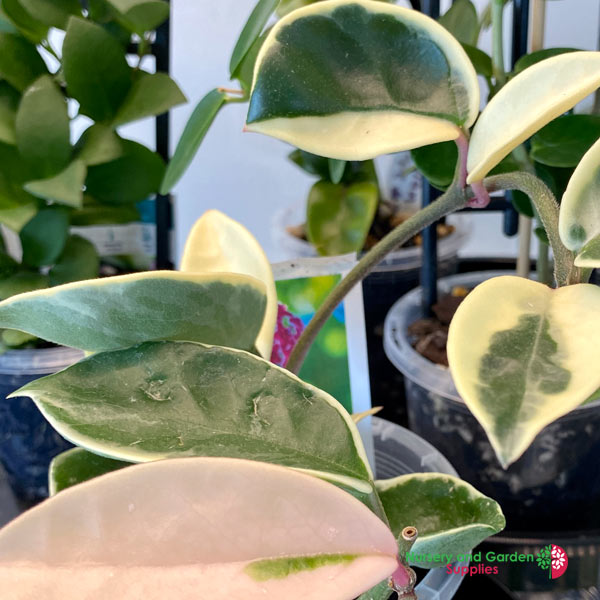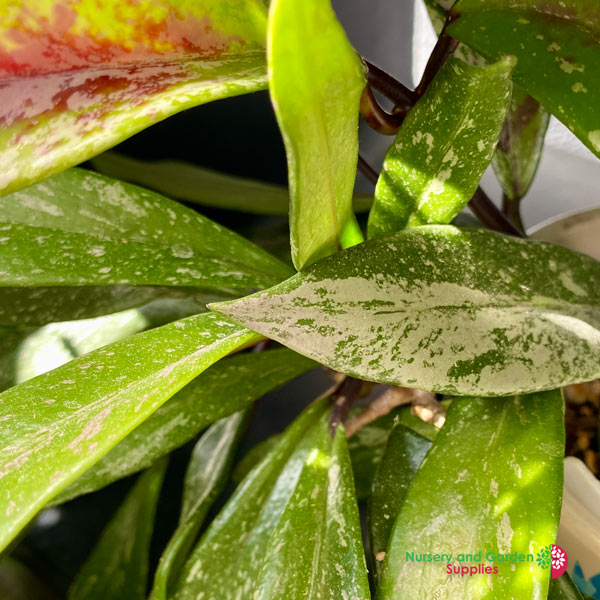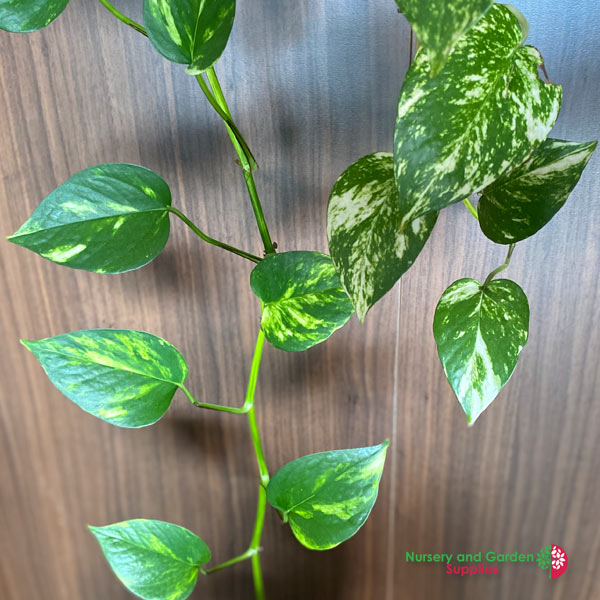I was at the Queensland Garden Expo (Australia) recently checking out the latest trends and plant breeds, and it was more apparent than ever that WE LOVE OUR LEAVES!
It seams that it is not only the flowers that are attracting our avid plant lovers, but more and more the beauty and uniqueness of the leaves is what people are going crazy over.
The complexity of the colour variation on a plant, and especially within the one leaf is what excites gardeners and collectors alike. Variegated plants have leaves with unique patterns and colours, often featuring a combination of different shades of green, white, yellow, or pink. These distinctive patterns add visual interest and make them stand out among other houseplants. Variegation is a naturally occurring phenomenon in plants, but it is relatively rare in the wild compared to solid-coloured foliage. This rarity adds to the allure of variegated plants, making them a sought-after addition to any indoor plant collection.
The presence of indoor plants can create a calming and soothing atmosphere, reduce stress, and improve overall mood. Vibrant colours and patterns of variegated plants can evoke feelings of joy and happiness, enhancing the indoor environment and providing a visual retreat from the outside world. We can all use a bit of joy in our worlds!



Many plant enthusiasts are keen collectors, always on the lookout for unique and rare specimens to add to their plant collections. Variegated plants appeal to plant collectors because of their distinctiveness and the challenge of maintaining their variegation. The hunt for different variegated cultivars can become a rewarding hobby and a way to connect with other plant lovers.
My understanding is that there are a few different forms of Variegation (for example the Chimeral Variegation, Blister or Reflective Variegation, Pattern-Gene Variegation, Viral Variegation, etc.), with each form having a different cause and also appearance. Variegation comes from a latin word meaning “made of different types or colours.” Some are bred into a plant type or genetically mutated, other variegations are DNA passed down and therefore more permanent. In many cases, the ‘solid white’ leaves are not able to photosynthesise and produce the chlorophyll that the plant needs in order to grow.
Plant varieties like the Monstera deliciosa ‘Albo-Variegata’ are fetching quite high prices, and plant availability is still trying to catch up to the demand.
Many indoor plant varieties such as Philodendron, Hoya, Alocasias, Anthurium, Calathea (and many more) have great looking variegated versions. So whether it has a splash, dots, streaks, patches, silver tendencies, white veins, or some other variegation feature, most plant enthusiasts agree that beauty is in the eye of the beholder, people love what they love, and we love our leaves. Healthy gardens to you all!








